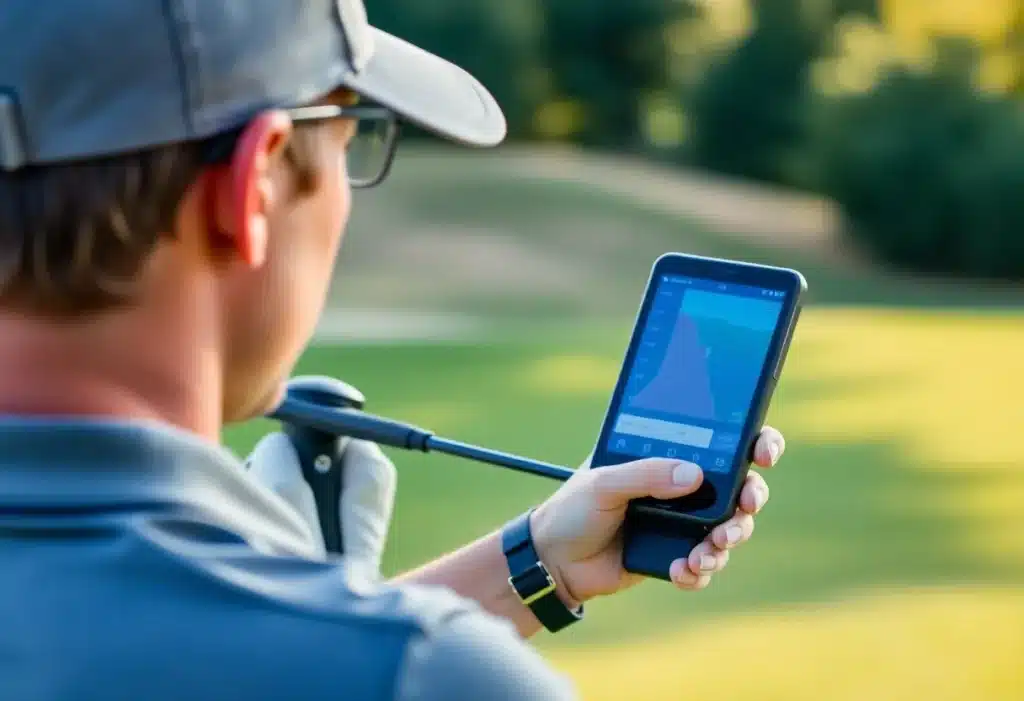The Impact of New Golf Technology on Modern Play
Advancements in new golf technology have significantly transformed the game, impacting both amateur and professional players. From enhanced equipment to digital aids, the golf landscape is being reshaped. These innovations are increasing accuracy, improving performance, and enhancing the overall experience on the course. This article delves into several facets of new golf technology and its effects on modern play.
1. Revolutionary Golf Clubs
Golf clubs have undergone remarkable changes in design and functionality. The introduction of adjustable and lightweight materials has made a substantial difference. Here are the key technological enhancements:
1.1 Adjustable Features
Many of today’s drivers and woods come with adjustable lofts and lie angles. This capability allows players to customize their club settings to suit their swing style and course conditions. Customization leads to increased distance and improved shot accuracy, promoting better performance on the course.
1.2 Advanced Materials
Modern clubs utilize advanced materials such as carbon fiber and titanium to enhance strength while reducing weight. These materials improve clubhead speed and, consequently, ball speed. Players enjoy greater distances with more control, making the game more competitive.
2. Cutting-Edge Ball Technology
Golf balls are not left behind in the technological evolution. Manufacturers have crafted balls with enhanced aerodynamics and multi-layer designs.
2.1 Aerodynamic Design
The dimple patterns on golf balls have sophisticated designs that mitigate drag and maximize lift. Enhanced aerodynamics can contribute to longer flights, which translates to increased distance for players.
2.2 Multi-Layer Construction
Modern golf balls often feature multiple layers for different types of performance. The outer layers are engineered for soft feel and control, while the inner layers provide the necessary speed and distance. This multi-layered approach caters to various player preferences and skill levels.
3. High-Tech Training Aids
New golf technology extends beyond equipment. Innovative training devices are now essential for players aiming to improve their game.
3.1 Launch Monitors
Launch monitors have become a staple in modern golf training. These devices analyze key metrics, including launch angle, spin rate, and swing speed. This data assists players in refining their techniques and making informed decisions regarding equipment.
3.2 Virtual Reality Simulators
Virtual reality (VR) golf simulators provide immersive training experiences. They allow golfers to practice in varied conditions, from sunny afternoons at Augusta to breezy mornings at St. Andrews. This technology aids in sharpening skills and adapting to different playing environments.
4. GPS and Rangefinder Technologies
Accuracy on the course has been significantly enhanced through GPS and laser rangefinder technologies. Players of all skill levels benefit from precise information that guides their game.
4.1 Golf GPS Devices
Golf GPS devices offer detailed insights into course layouts, showing distances to greens, hazards, and bunkers. Having immediate access to such information allows players to make strategic decisions for each shot.
4.2 Laser Rangefinders
Laser rangefinders offer yardage measurements with pinpoint accuracy. These devices benefit players by eliminating guesswork, enhancing their ability to select the right club and execute shots with confidence.
5. Wearable Technology
Wearable devices are changing the way golfers monitor their performance. Technology like smartwatches and fitness trackers provides golfers with performance insights.
5.1 Performance Tracking
Wearables track key metrics such as heart rate, calories burned, and distance covered on the course. These insights motivate players to improve their fitness levels, which is essential for optimizing golf performance.
5.2 Swing Analysis
Some advanced wearables offer swing analysis, tracking parameters such as tempo and swing path. Such feedback aids in identifying areas for improvement, allowing players to practice more effectively.
6. Enhanced Course Management
New golf technology has also impacted how courses are managed and maintained. This has positive implications for both golfers and course operators.
6.1 Smart Irrigation Systems
Some golf courses have integrated smart irrigation systems that use sensors to optimize water usage. This technology ensures that greens remain in peak condition, minimizing course disruptions and enhancing playability.
6.2 Maintenance Drones
Drones equipped with cameras and sensors aid in course maintenance. They provide detailed views of the course and monitor areas that need maintenance. Enhanced course quality leads to better playing conditions for golfers.
7. The Future of Golf Technology
The evolution of new golf technology shows no signs of slowing. Here are a few anticipated advancements in the coming years.
7.1 Artificial Intelligence (AI) in Coaching
AI is poised to revolutionize golf instruction. Algorithms that analyze swing data will provide personalized coaching recommendations. This level of customization could significantly accelerate the learning process for aspiring golfers.
7.2 Biomechanical Analysis
Next-generation devices may offer detailed biomechanical analysis. Understanding the physics behind a golfer’s swing could result in targeted training regimens that address specific weaknesses. This approach may yield improvements in performance for many players.
Conclusion
In conclusion, the impact of new golf technology on modern play is profound. Innovations in clubs, balls, training aids, GPS technology, and wearables are enhancing performance on many levels. As technology continues to evolve, golfers will encounter new opportunities to refine their skills and enjoy the game more than ever. The future landscapes of the sport promise even more exciting developments, emphasizing technology’s critical role in shaping the game of golf.


